
Everything professionals need to know about sustainable smart solutions
From installing smart meters to integrated energy management
Sustainability has become an important motivation for homeowners and building proprietors to invest in smart ecosystems. Smart homes with a sustainable setup come with a lot of advantages for end-users: smart energy monitoring, smart energy storing, and automation of devices such as your thermostat, help reduce energy consumption, resulting in savings on their energy bills and a reduction of their carbon footprint. A thorough knowledge of energy-saving technologies is therefore a huge asset to any KNX installer or automation professional.
Whether you are just starting out as an installer, you’ve been a certified KNX Partner for years, or this page aims to collect professional know-how, source materials and information on new developments in KNX about energy management and sustainable smart solutions. This way you can offer a premium service to your customers.
Introduction to smart energy management
Smart energy solutions and products by KNX
Inspiring blogs on sustainable smart solutions
- Sector interconnection is key for Energy Management Growth
- No energy transition without KNX
- How EV chargers help in increasing customers for your business
- Savings on Energy Bills With Smart Home Energy Management
- What is a ‘green building’ and what are its features?
- Not just saving energy but managing it – An interview KNX CTO Joost Demarest
- 4 Most Essential Pillars of a Smart City
Introduction to smart energy management
A guide into smart energy management terms and phrases

Smart energy management is a niche expertise within the field of home automation, therefore it comes with its own ‘language’. This glossary provides an introduction to common terminology. A few terms you’ll come across in our courses are:
- Building Automation Control Systems (BACS), these systems centralize monitoring and control of building systems
- Customer Energy Manager (CEM), a feature of an energy management system that actively optimizes energy consumption
- Demand-Driven Based Control, an approach to dynamically manage energy output when requested by the end-user
Consult the complete glossary on energy management for professionals
Energy management: Everything you need to know to get started

What is energy management?
At KNX, we view smart energy management as a way to optimize energy use proactively in housing and buildings. Effective energy management will reduce the costs on energy bills and environmental impact.
How does energy management work?
In order for homeowners to get the most out of their energy management system, it’s important they understand the process of energy monitoring and optimizing electricity usage.
We simply divide energy management into these 4 key steps:
Collecting data on the energy consumption in a household or building: Smart meters help collect statistics on energy usage per system, such HVAC or lighting, or per room.
Analysing data: Once the smart meter has sufficient input, end-users can analyze their consumption patterns. The data is typically collected and visualized on a control panel or mobile app.
Suggesting optimizations: The smart system will make automatic suggestions to optimize electricity consumption by preventing peak usage and detecting anomalies. End-users can choose when to adopt these recommendations in their smart home setup.
Tracking improvements in energy use: Once an optimization is implemented, the smart energy system will follow up. Does the adjustment reduce energy consumption and consequently save costs?
By better understanding the inner workings of the KNX energy management system, KNX Partners can rest assured that their technical installation will be used properly.
How do you install a smart energy system?
The installation process of our energy management system consists of 3 steps:
Planning the installation of the energy management system in homes or buildings
Integrating the energy management system into the (existing) KNX setup
Making all features (such as monitoring) operable with the KNX ecosystem
By carrying out these steps, installers can significantly boost energy efficiency and support a more sustainable and economic lifestyle for their customers.
Read our blog article for extensive insights into the benefits and importance of energy management
Energy Management with KNX: From energy efficiency to full management in a digitalising world
“It is only recently that using less energy and being greener has become an important issue for everyone, and even then, the two concepts are not always linked. How many times do we still see an empty office building all lit up after working hours, or an empty home using the heating system whilst the family is away?” - Casto Cañavate, Marketing Manager for KNX Association
How does KNX stand out in smart energy management?
As energy management evolves from basic efficiency to comprehensive digital solutions, KNX stands out for its advanced capabilities in optimizing energy use. As a professional you can trust KNX to offer a robust framework, the KNX ecosystem, for managing energy efficiently by integrating various systems (such as HVAC, battery storages for renewable energy sources and charging stations). This approach allows for real-time control and data-driven decisions, ensuring that energy consumption aligns with the latest sustainability standards.
What are the opportunities and challenges of smart energy management?
The rapid digitalization of the energy sector presents both challenges and opportunities for professionals. KNX’s solutions, such as smart thermostats, load management, and energy storage monitoring, provide critical tools for managing energy more efficiently in buildings and homes. The challenge today is offering courses about new technologies in smart energy management and regularly updating them, so that installers and home automation professionals can easily upskill.
Read the news article about our view on (pro)active energy solutions on KNXToday
Smart Meters: A key component of the energy evolution
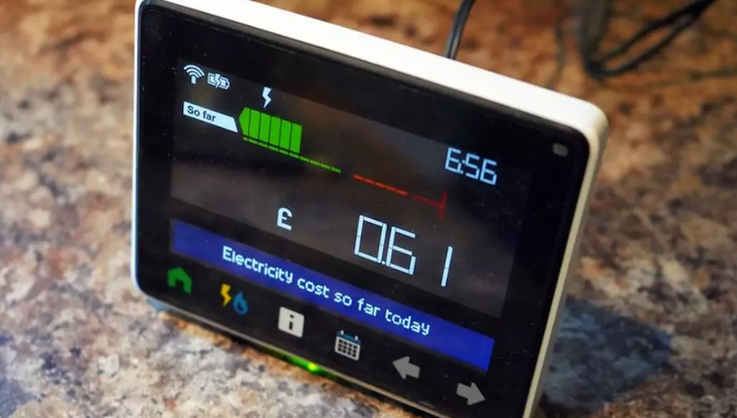
Unlike analogue meters, which require manual reading and are often difficult to interpret for the end-user, smart meters provide clear, real-time data on energy consumption, monitor trends in energy use, and communicate directly with smart devices. The automation of energy monitoring in housing and buildings enhances accuracy in energy usage and efficiency of smart solutions.
By integrating smart meters into energy management systems, in both homes (HEMS) and buildings (BEMS), installers enable more advanced capabilities .
For example, smart meters support Automatic Meter Reading (AMR) and contribute to Advanced Metering Infrastructure (AMI), facilitating two-way communication with central systems like Customer Energy Managers (CEM). An integration like this allows for precise data collection and optimization of energy use, ultimately offering end-customers enhanced control of their energy consumption and potential cost savings.
Learn more about the added value of smart meters compared to their analog counterparts
KNX sustainable solutions and products
A guide to Customer Energy Manager (CEM)
The Customer Energy Manager (CEM) is a crucial component in optimizing energy management systems for both homes and buildings. It integrates data from various energy consumers, such as appliances and HVAC systems, with energy sources like solar panels and storage systems. By analyzing this data, the CEM creates an efficient energy allocation plan, considering factors such as energy demand, generation capacity, and pricing. This optimization helps in reducing energy costs and balancing energy use with the overall grid, thus contributing to a more stable and efficient energy network.
By configuring the CEM into Home Energy Management Systems (HEMS) and Building Energy Management Systems (BEMS) to analyze and manage energy flows effectively, installers can enhance the system's ability to optimize energy use, manage costs, and ensure smooth operation of both internal devices and external energy sources. This integration not only improves energy efficiency but also supports grid stability and cost savings for the end user.
Find the complete CEM guide here
A guide to Home Energy Management Systems (HEMS)
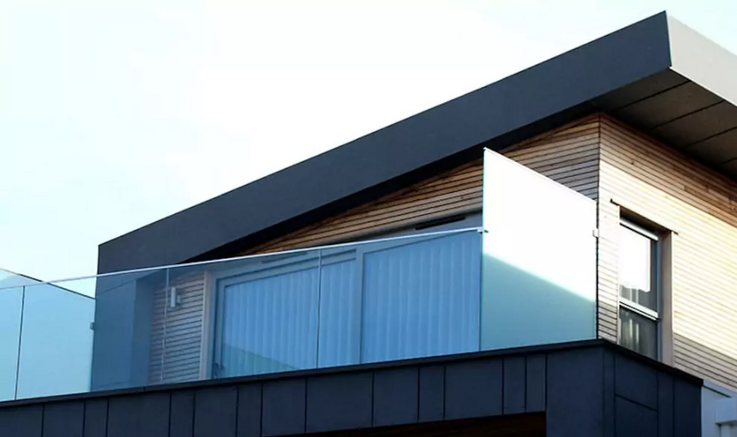
Home Energy Management Systems (HEMS) are essential for optimizing household energy consumption and advancing residential sustainability. By integrating both hardware and software components, HEMS monitor and control energy usage to reduce bills and enhance eco-friendliness. These systems offer opportunities to implement systems that manage energy across various appliances, using smart meters, sensors, and central control units to ensure efficient energy distribution and consumption. They can be tailored to meet the specific needs of households, including the integration of renewable energy sources and electric vehicle charging stations.
Key to successful HEMS installation is
understanding the two types of load
management: static and dynamic.
- Static load management sets a certain amount of energy aside for charging your vehicle, which makes the energy unavailable to the rest of the home appliances for their usage.
- Dynamic load management, which adjusts energy distribution based on real-time household needs, is particularly effective for integrating electric vehicle charging without disrupting other home energy demands. A professionally installed system will implement these systems to leverage software that analyzes consumption data and use advanced algorithms, potentially including AI, to optimize energy use and provide actionable insights to homeowners.
A guide to Building Energy Management Systems (BEMS)

Building Energy Management Systems (BEMS) are crucial for enhancing energy efficiency in buildings. Buildings account for about 40% of total energy consumption in the EU, with a significant portion being wasted. BEMS integrate and control various energy-consuming systems within a building, such as HVAC, lighting, and power systems. They provide real-time monitoring and actionable insights to building managers, helping optimize energy use and make informed decisions to improve energy performance. Professional installers play a key role in implementing BEMS by configuring these systems to monitor and control energy consumption effectively, ensuring that buildings operate more efficiently and sustainably.
In contrast, Building Management Systems (BMS) offer a broader scope by integrating not only energy management, but also other operational aspects like security, comfort, and automation of various functions such as fire detection and access controls. While BEMS focuses specifically on energy, a well-designed BMS can encompass BEMS functionalities, providing a comprehensive solution for managing all aspects of building operations. As a certified KNX Partner you will be equipped with the skills and knowledge to integrate BEMS within a BMS framework, ensuring both energy efficiency and overall building management are optimized.
A guide to photovoltaic storage with batteries
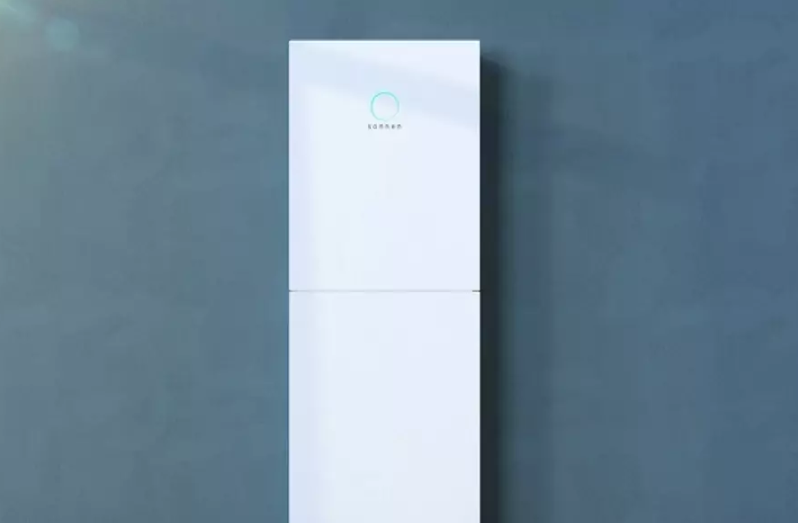
Photovoltaic systems (systems that turn solar energy into power) often require battery storage to ensure a consistent energy supply when sunlight is unavailable. Two primary types of batteries used are lead-acid and lithium-ion, with lithium-ion gaining favor for its superior performance and longevity. During peak sunlight hours, excess energy from solar panels is stored in these batteries, which then provide power during low production periods, such as early morning or night. Proper battery storage is essential for the efficiency, reliability, and cost-effectiveness of photovoltaic systems.
For professional installers, offering advice on the best battery storage solution for a project is of great value to the end user. While lead-acid batteries offer lower initial costs, lithium-ion batteries provide better performance and longer lifespan, enhancing the overall system reliability. Installing high-quality storage systems like the Sonnen battery can significantly improve energy management, covering a substantial portion of a building's energy consumption with renewable sources.
Read the complete article on battery storage for solarpanels
How to integrate smart charging stations with KNX Classic and KNX IoT
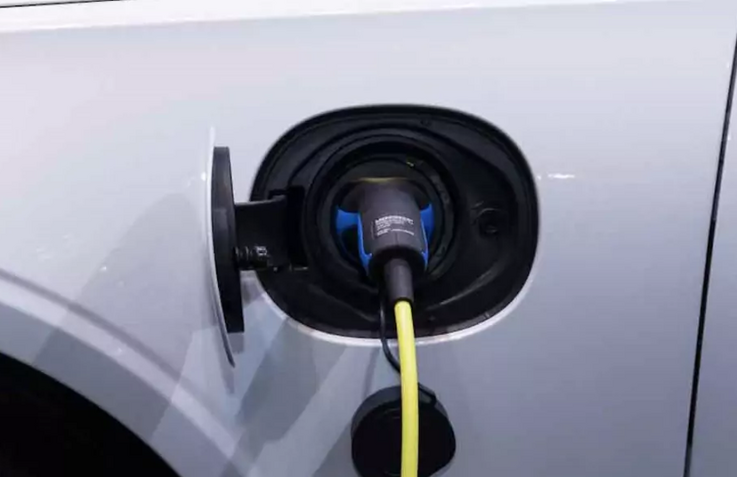
What is the added value of smart charging stations and batteries to the KNX system?
The demand for sustainable energy solutions is growing, and KNX has adapted to this trend by supporting the integration of EV charging stations and battery storage within its ecosystem. Companies like sonnen and ise e-charge II have developed solutions that enable KNX to:
- Control charging power based on energy availability
- Prioritize self-consumption of solar energy
- Monitor charging status and energy flow in real time
What is energy flexibility in smart systems?
Energy flexibility refers to the ability of an energy system—such as a home, building, or industrial facility—to adjust its energy consumption or production in response to external signals like electricity prices, grid demand, or renewable energy availability. It enables efficient use of resources, reduces strain on the power grid, and supports a more sustainable energy transition.
There are 3 key players in smart energy management systems that guarantee energy flexibility:
- Custom Energy Manager (CEM) acts as the central controller that optimizes energy distribution among various devices, ensuring efficient use of electricity.
- Resource Managers (RM) manage specific energy-related devices or systems, such as heating, cooling, battery storage, and EV chargers. They communicate with the Custom Energy Manager (CEM) to optimize energy consumption and production.
- Home and Building Electronic System Solutions (HBES) refers to integrated systems used to automate and optimize various functions in residential and commercial buildings. KNX is one of the most widely used HBES standards.
Why is energy flexibility necessary for the integration of smart charging poles and batteries to a smart ecosystem?
Energy flexibility is crucial for integrating smart charging poles and battery storage into a smart ecosystem because it ensures dynamic balancing of energy demand and supply. By allowing devices to adapt their consumption based on grid conditions, renewable energy availability, and dynamic pricing, energy flexibility helps prevent grid overload, optimize self-consumption of solar power, and reduce electricity costs. It enables smart charging of EVs when energy is cheapest, ensures efficient coordination with other building systems (HVAC, lighting), and supports advanced functionalities like vehicle-to-grid (V2G) and decentralized energy trading. This adaptability makes smart energy management more sustainable, cost-effective, and resilient.
For KNX ecosystems, the new EN50491-12-2 standard is applied for connecting energy management systems with charging stations and storage batteries. Use the KNX IoT Point API with JSON or CBOR data structures for the exchange between CEM and RM.
For elaborate insights,read the article on integrating KNX Classic and KNX IoT for EV chargers andbattery storage
The KNXToday article ‘Energy Management: Integrating EVs with KNX for intelligent charging‘ discusses why it makes sense for our KNX Partners to integrate charging within a KNX energy management system projects, whether it’s for residential or commercial purposes.
KNX blogs on sustainable smart solutions
Sector interconnection is key for Energy Management Growth
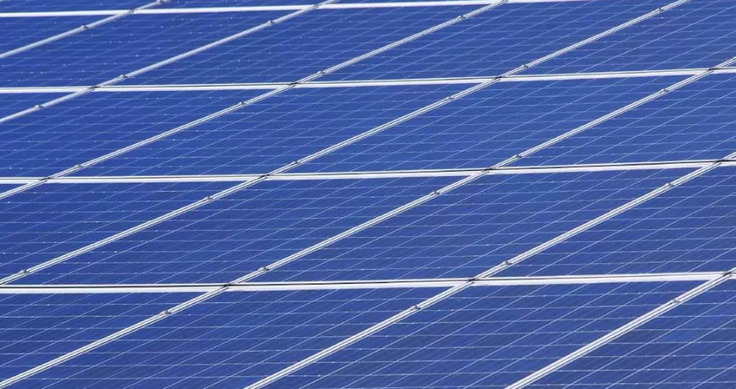
KNX has been a leader in enhancing energy efficiency in homes for 30 years, with a significant focus on integrating energy management into its systems. The KNX Association's recent launch of the "KNX SmartEnergy Summit" and the series of online conferences, "Smart Energy Management with KNX," highlight its ongoing advancements in energy management, including the integration of charging infrastructure for electric vehicles. KNX's long-standing contributions to energy efficiency are reflected in its high ratings in the EN 15232 energy efficiency classes, where its systems are known to reduce energy costs across various functions, including shading, lighting, and ventilation.
With the increasing importance of integrating renewable energy sources, such as photovoltaic systems and heat pumps, KNX is advancing towards comprehensive energy management solutions. This includes the seamless coordination of electricity, heat generation, and electromobility through sector interconnection. The integration of devices like the sonnenBattery into KNX systems exemplifies the platform's commitment to enhancing energy management capabilities, ensuring that installers can offer cutting-edge solutions that align with future energy management requirements.
The complete blog article on Sector interconnection forEnergy Management Growth
No energy transition without KNX”: Panel discussion at the KNX Smart Energy Summit
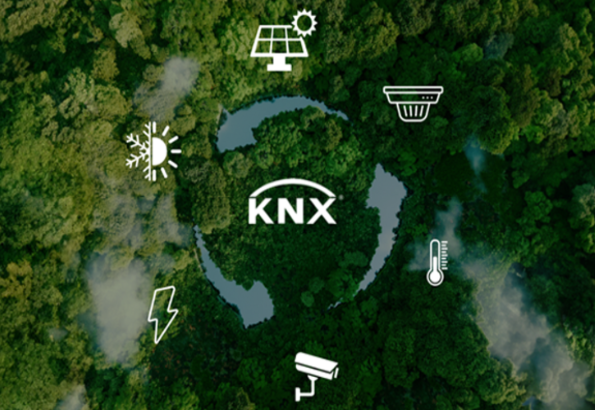
KNX plays a key role in smart energy management by seamlessly integrating various energy components, including PV systems, battery storage, and EV charging stations, into a unified system. With its energy flexibility and interoperability, KNX enables sector interconnection, allowing buildings, neighborhoods, and even entire cities to optimize energy consumption, load balancing, and self-sufficiency. As the energy transition accelerates, installers can leverage KNX’s open standard to create scalable, future-proof solutions that enhance efficiency and sustainability. Despite challenges like fragmented smart home systems and a skills gap in the electrical trade, KNX remains a leading technology for achieving intelligent energy management and sector integration.
Read the complete panel discussion at the KNX SmartEnergy Summit
How EV chargers help in increasing customers for your business
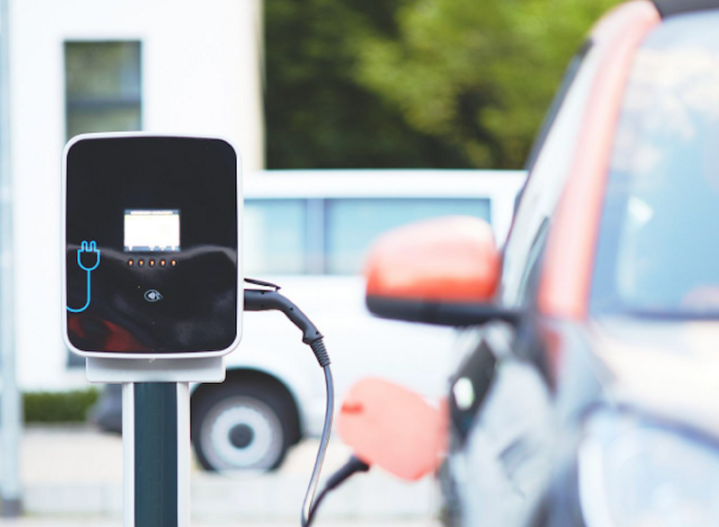
Adding EV (electric vehicle) charger installations to the services of your business comes with a number of benefits:
- Attracting new customers: As governments invest heavily in EV infrastructure, for homeowners as well as building owners, KNX Partners that provide charging stations gain a competitive edge over other installers that limit their services.
- Retaining existing customers: EV chargers need to be followed up and updated, providing installers with a steady customer base.
- Visibility for your business: Charging stations and loading poles increase your visibility through online maps, drawing in new customers without explicit advertising or sales.
Savings on energy bills with Smart Home Energy Management
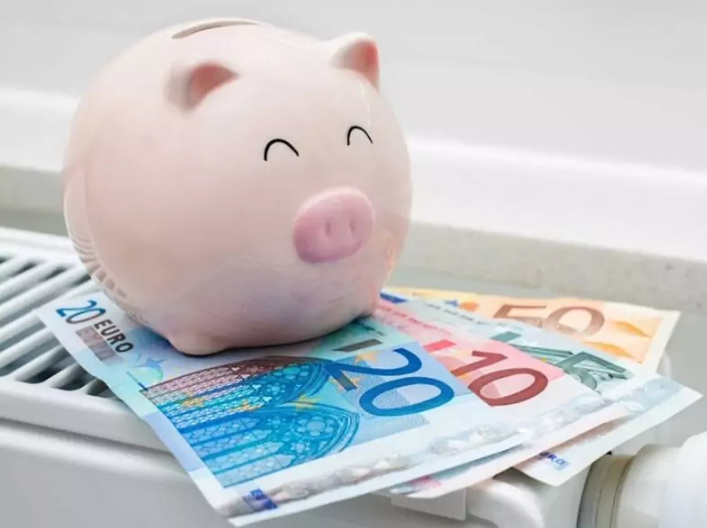
Beyond mere convenience, KNX-based systems empower homeowners to significantly reduce energy costs by providing detailed consumption insights through smart meters. This data enables informed decisions and automated energy-saving actions, such as occupancy-based lighting and heating control, and remote management via mobile devices. Integrating solar panels and battery storage takes this further, fostering energy independence and drastically lowering bills, particularly for high-consumption applications like heating and electric vehicle charging.
By showcasing how KNX solutions contribute to a sustainable future, aligning with EU energy consumption reduction goals, installers can position themselves as essential partners in creating energy-efficient homes.
Leverage theKNX Smart Home Planner to streamline project planning, providing your clients with customized reports and facilitating seamless collaboration with local KNX partners.
Learn more on how your smart installations help reduce energy and energy costs
What is a ‘green building’ and what are its features?

A "green building" is a structure designed, constructed, and operated to minimize its negative environmental impact and, ideally, create positive effects. Key features include:
- Energy Efficiency: Utilizing systems like Building Energy Management Systems (BEMS) to optimize energy consumption.
- Renewable Energy Sources: Integrating solar panels and other renewable energy sources to reduce reliance on fossil fuels.
- Water and Resource Conservation: Implementing water-saving measures like efficient taps, rainwater harvesting, and minimizing resource consumption during construction and operation.
- Pollution and Waste Reduction: Promoting recycling, using low-waste products, and ensuring proper waste treatment.
- Sustainable Materials: Using non-toxic, recycled, or sustainably sourced materials for construction and maintenance
- Strategic Location: Choosing locations that minimize environmental impact and promote accessibility via public transportation.
- Design Innovation: Employing designs that maximize resource efficiency and adapt to changing environments, such as passive design strategies.
Learnmore about green building and the role of smart technology in these projects
Not just saving energy but managing it – An interview KNX CTO Joost Demarest
In an interview, KNX CTO Joost Demarest emphasized the shift from simple energy efficiency to proactive energy management, driven by the increasing energy demands of buildings. He highlighted how KNX is leveraging digitalization to enable smart buildings to predict, manage, and optimize energy consumption, incorporating local renewable energy sources and building energy management systems (BEMS).
Demarest stressed the importance of data-driven insights through smart metering, enabling detailed understanding of energy usage and facilitating advanced automation. He showcased KNX’s development of sophisticated energy management applications, including the KNX customer energy manager, which handles bidirectional energy flow and optimizes storage. Demarest encouraged professionals to explore KNX’s E-campus for learning resources, emphasizing that KNX is prepared for the evolving energy landscape, offering comprehensive solutions for sustainable building management.
Read thecomplete interview with our KNX CTO
4 most essential pillars of a smart city

Sustainable energy, intelligent buildings, optimized mobility, and advanced energy management, are interconnected and rely heavily on data-driven strategies and smart technologies.
- Sustainable energy integration, through solutions like solar panels and micro-grids, is paramount for powering smart city infrastructure.
- Intelligent buildings, equipped with BEMS and smart sensors, allow for efficient resource utilization and enhanced resident comfort while minimizing environmental impact.
- Optimized mobility, facilitated by real-time data and integrated transportation systems, reduces emissions and improves connectivity.
- Advanced energy management, employing energy management systems for data collection and monitoring, ensures efficient energy procurement, distribution, and consumption across all sectors.
Find inspiration on energy consumption and management in tomorrow’s cities
